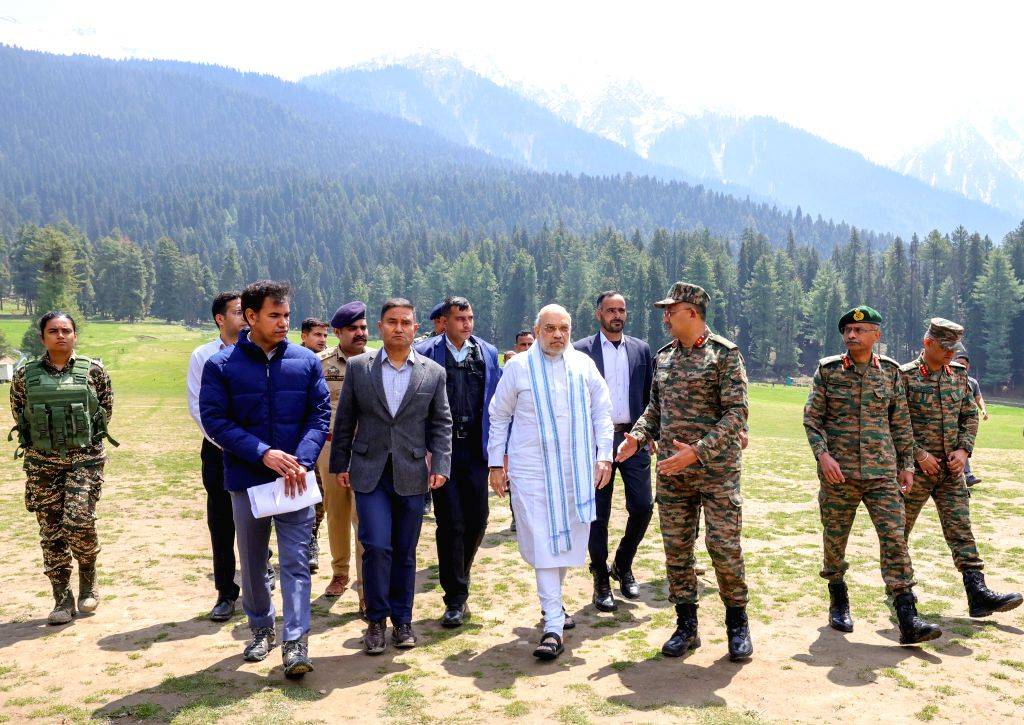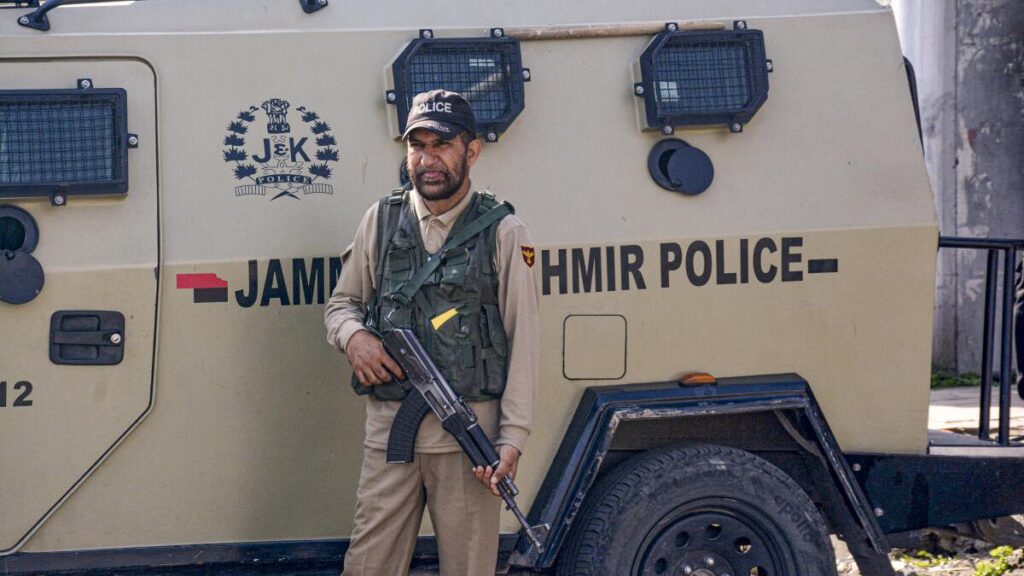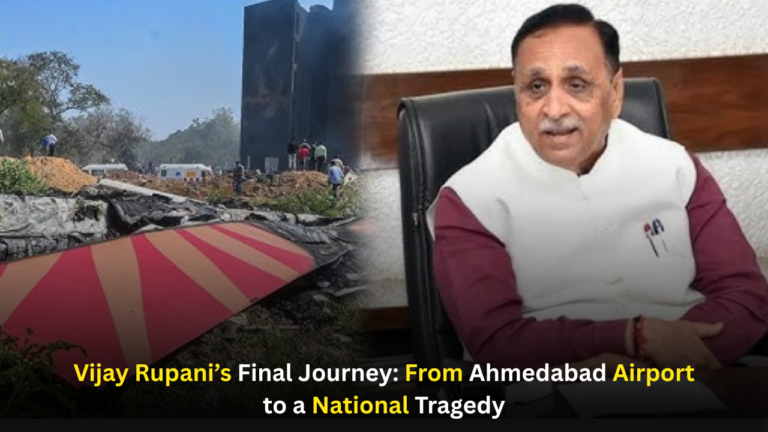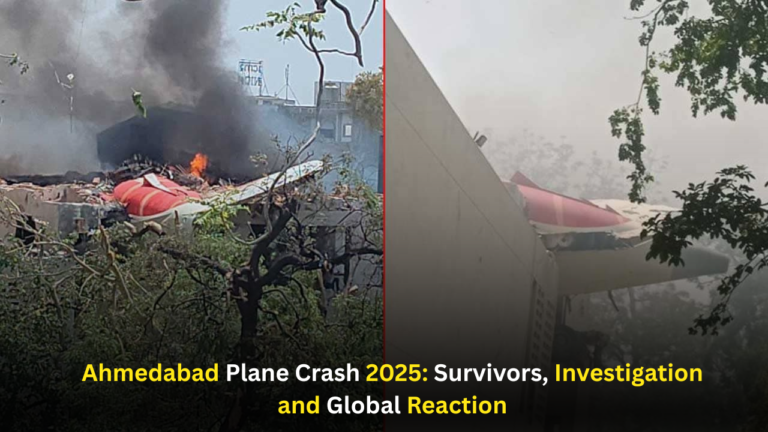
Pahalgam
Pahalgam incident : At least five terrorists, three of whom are from Pakistan, are suspected to have attacked tourists at the Baisaran valley meadow in Pahalgam on Tuesday, The Indian Express has found.
The sources, eyewitnesses and intelligence reports indicate that at least two of the terrorists are suspected to be local militants.
“The Urdu that they (the foreign terrorists) utter is from particular regions of Pakistan…At least two local terrorists are suspected to be with them,” a security establishment officer said to The Indian Express.
Very senior sources claimed that one of the suspects was suspected to have taken part in an IAF convoy attack which had killed a corporal rank personnel last year. “Two of them are suspected to be from Bijbehara and Thokerpora, Kulgam. They had traveled to Pakistan in 2017 and came back to the Valley a year ago. Reports have come in that they had been trained in Pakistan. They were with the Jaish-e-Mohammed, and preliminary investigation indicates that the Lashkar-e-Taiba and the Jaish joined hands to carry out this attack,” a source from a central agency said.
Another source revealed that they are investigating the role of a senior Lashkar commander, Saifullah Kasuri alias Saifullah Khalid, who has been involved in various terror attacks for almost two decades now. He is a close associate of 26/11 Mumbai attack mastermind Hafiz Saeed, sources added.
All the assailants are said to have escaped to the upper elevations of the Pir Panjal range, and search operations are in progress by the Army, the central paramilitary force and the J&K police.
It is suspected that the attackers wore body cameras – “a common practice these days”, said a J&K police officer.
“Every attack in Jammu in the last three years has been recorded through body or gun-mounted cameras. The videos are being used for propaganda. The LeT has released propaganda material using the footage,” this officer explained.
It is yet to be revealed how the perpetrators infiltrated into Kashmir and for how long they have been residing in the Valley. “It is still being ascertained. There are indications based on existing vulnerabilities along the border, and some inputs that have received, but nothing is confirmed. Agencies are corroborating the information, and the border is being scanned for indicators of infiltration,” an officer maintained.
A team of senior National Investigation Agency (NIA) officers reached the crime scene on Wednesday. The agency is likely to take over the investigation from the local police. The FIR filed in connection with the attack states, “The police station has received information through reliable sources that unidentified terrorists, on the direction of their masters sitting across the border and by acquiring illegal weapons, opened indiscriminate fire on tourists.”
A group of high-ranking NIA officers, headed by an Inspector General-grade officer, has arrived in Pahalgam and will check out the scene of the crime. They have been requested to help the local police and scrutinize statements of all witnesses,” said a source.
Union Home Minister Amit Shah went to the Baisaran meadow, where the attack took place, and also conducted security review meetings with senior officials of the police, the Intelligence Bureau and the Army in Srinagar. He also met the victims of the attack.

Pahalgam: Head and chest shots
Describing it as “cold-blooded murders”, a senior officer investigating the attack said that a majority of the victims were shot at the head and chest. “At least 12 victims had head injuries from close range,” another officer added.
The assailants emerged from the jungle and returned once the massacre was completed. “We discovered a motorbike without a number plate nearby, but it is not probable that this was used to transport the terrorists,” the attack’s investigating officer stated.
He explained that the place is a meadow where the tents and plastic chairs have been stored for the tourists, who visit and stroll. A few local vendors offer kahwa, biscuits and chips, but the place is dominated by tourists, who walk from the Pahalgam market 5-6 km distant or arrive on horseback.
This is a thick and dense jungle that links Hapatnar on one side to Chandanwari on the other. Depending on where the terrorists escaped, they may have even reached Tral,” the officer said.
When asked why security agencies failed to detect the movement of terrorists in such a big tourist destination, the officer replied that the modus operandi of the terrorists has changed dramatically, making it hard to keep track. “There is no local terrorist who operates in the entire Anantnag district,” he added. “We did receive inputs on some movement, but not around this area. We were expecting an attempt to conduct a terror strike on the railways or against non-local laborers, and we had accordingly taken preventive action,” he explained.
These terrorists move in small groups and do not emerge from the jungles even in minus 10 degrees Celsius. They don’t employ any gadgets, so there is no chance of collecting technical intelligence. Moreover, they keep on shifting.”. For instance, if we are receiving information on the fact that a group of terrorists is positioned on the Sonnarg ridges, when we react to that, they are already mobilized to a new location. They might be in the Pahalgam upper reaches within a couple of days or in Bandipore for that matter. It’s all inter-connected by the jungles,” replied the officer.
He added that the number of tourists, particularly in Pahalgam, is huge. “There isn’t a single parking space left. People have been coming straight to Pahalgam with their families. The tourists also ride ponies to go to other places in town; it is hard to keep count,” he said.
Another police officer added the attackers seem to have penetrated recently. “Baisaran is linked by mountains and thick forests to many areas and offers a natural hideout for militants,” a senior police officer who has served in counter-insurgency in south Kashmir said.
“The militants can travel through forests to Kokernag and Kishtwar. They can also travel to Balatal and Sonamarg on the other side. Kishtwar has witnessed heavy militant activity in the past year. If you look at the topography, Kishtwar is linked through mountains and forests to Doda, which is linked to Kathua in Jammu. Kathua has been a favorite infiltration route in recent years.”



